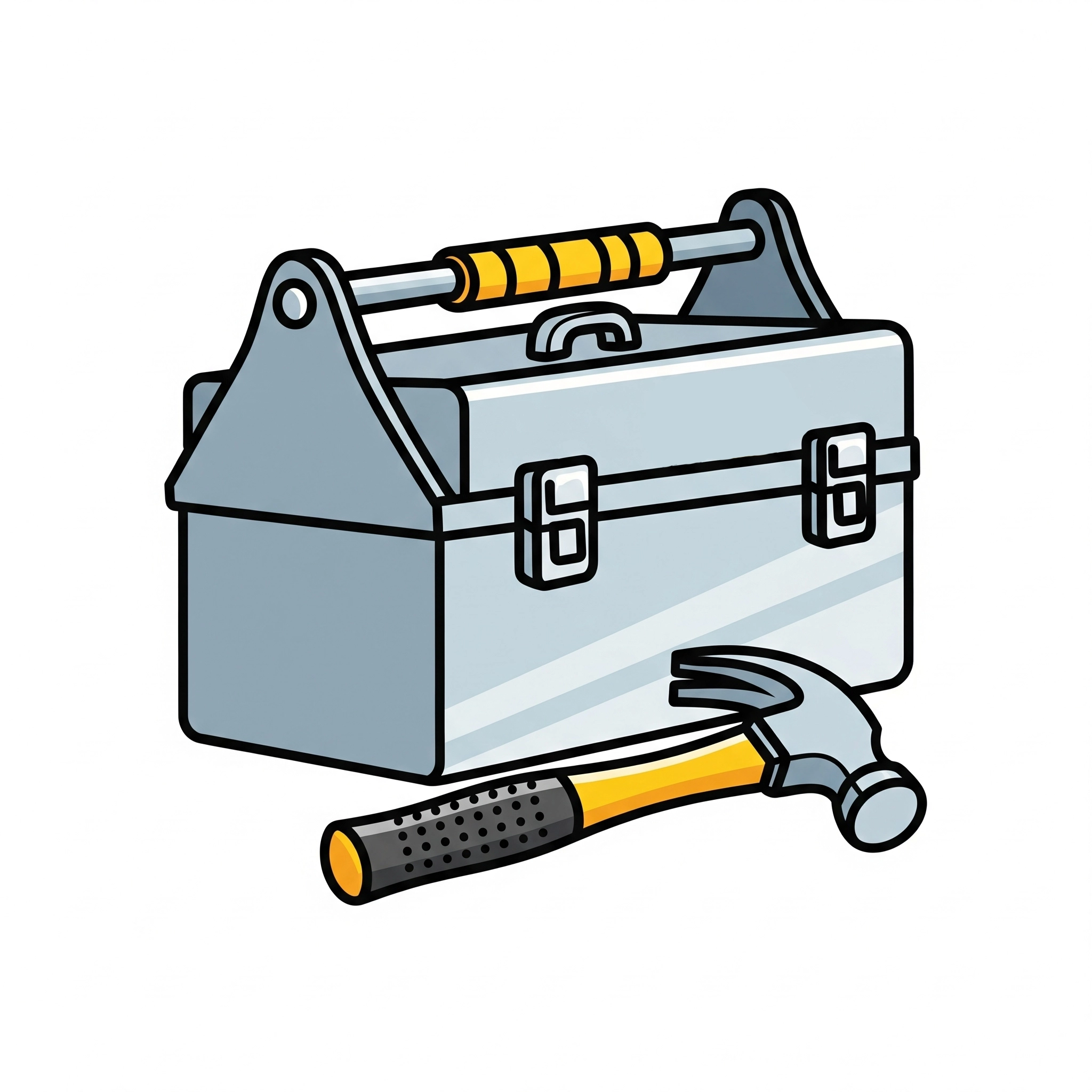Five Common On-Site SEO Errors and Their Fixes
- SEO
- by Marissa
- 06.03.2025

Increasing website traffic is a pivotal goal of SEO. However, simply increasing traffic is not enough. To make your business successful, you need the right kind of traffic—targeted visitors that are interested in your unique product or service.
To attract this targeted audience, the best websites create relevant content optimized for search engines. In the SEO world, this task is divided into two parts: content creation and technical SEO.
In a sense, every visible website detail, from articles and page titles to photos and product prices, is a piece of content. From there, technical SEO optimizes as much of this content as possible to attract a targeted audience.
Now, any site can attract traffic; however, what sets a successful online business apart is its ability to translate traffic into conversions. When a visitor performs a desired action, like purchasing a product or clicking a link, that’s a conversion. Without SEO, your site may attract traffic, but with SEO, that traffic often leads to conversions.
When we refer to "on-site SEO errors," we mean mistakes that reduce conversions. The mistakes we discuss are typical of websites that do not perform SEO. They may or may not attract traffic, but whatever traffic they do attract usually navigates away after viewing only one page (this is known as "bounce rate").
Honestly, these errors can occur on any website, but what distinguishes a high quality website from a poorly made one is how these mistakes are dealt with. Optimized websites deal with these mistakes quickly as part of routine website maintenance. Poorly optimized websites allow these mistakes to linger, potentially reducing traffic, or even worse, conversions. To help you avoid some of these common pitfalls, we’re going to explore five common SEO errors and their five solutions.
#1: Broken Links
It's a universal online experience: the annoyance of expectantly clicking a link only to arrive at a HTTP 404 page. These links, a true scourge of the Internet, are called broken links. A standard definition of a "broken link" is a link that does not point to any destination.
Any site can have a broken link, but too many broken links can compromise your site's usability. Google "doesn't lose sleep over broken links," but usability is an important factor for your visitors. As Google's Senior Search Analyst John Mueller notes:
"If you find things like this, I'd fix it primarily for your users, so that they're able to use your site completely. I wouldn't treat this as something that you'd need to do for SEO purposes on your site, it's really more like other regular maintenance that you might do for your users."
Simply put; by compromising usability, you alienate your visitors, and potentially reduce your conversions.
Only poorly-maintained sites let broken links accumulate. Well-maintained sites fix broken links routinely. This is one advantage of ongoing website optimization—it guarantees no broken links! In either case, broken links can be easily discovered and fixed with a broken link checker, such as this one.
#2: Bad Links
Most websites suffer from a broken link or two, but far worse are bad links or artificial links. These are described by Google as "any links intended to manipulate a site’s ranking in Google search results."
Links are an important ranking factor for Google, and presumably, other search engines. To Google, a good link points one-way, from one site to another.
In the old days of the Internet, certain "Black Hat" webmasters created links to sites in exchange for return links. When Google caught onto to this technique, the same webmasters turned to a new tactic: the creation of many websites—ten, twenty, or more—all with the same owner and built for the purpose of creating links to the original website. With an abundance of incoming links, the original website catapulted to the top of the search results.
To combat link-building abuse, Google created the Penguin algorithm. However, to this day "bad links" still continue to harm websites.
For this reason, in the SEO world, we often define "backlinks"—links from another website to your website—as either low quality or high quality. For a search engine like Google, links offer clues to the relevancy and quality of a website's content. High quality links can be defined in different ways, yet most come from trusted, relevant sources that send increased traffic.
Do you think you have bad links? Call a quality SEO firm, like SEO Sparta for assistance.
#3: Duplicate Content
Search engines and users are not fond of duplicate content, which is content copied and pasted from your own site or other sites without attribution. Like a broken link, duplicate content fails to satisfy a browser's expectation. Browsers click to discover new information. Duplicate content makes your website redundant and boring and it usually leads to a higher bounce rate.
You might ask: What if the browser hasn't read the original content? Of course, this happens, but Google still discourages duplicate content, so it’s best to avoid stealing.
Of course, not all duplicate content is equally bad. Many websites believe it is OK to copy and paste certain types of text from other sites. Product descriptions, for example. You often discover duplicate content when searching for popular electronic items or health supplements. Many sites sell the same products with the same descriptions. This form of duplicate content, while not as bad as stealing, may still be viewed unfavorably by search engines.
On your own site, as much as possible, vary your content. If you duplicate too much of your content, you will confuse a search engine, which might not know which page to choose for a certain query. A good website optimization campaign varies all content, specifically targeting each page to specific keywords.
#4: Not Enough Content
Too many websites do not offer enough content. The more original content you have, the more content the search engines will crawl, index, and rank. If your content is mistake-free and original, your ranked content will be more likely to inspire conversions.
Of course, SEO is crucial. As we noted above, content can come in many forms, like text, images, or videos. A good website optimization campaign will optimize each element of content to attract a targeted audience.
If you have a lot of imagery, for example, SEO favors images that have descriptive tags. Without these tags, the search engines might not know how to categorize the image.
Whatever the case, original, relevant content is a must for conversions.
#5: Not Optimizing for Mobile
Most websites receive a majority of their traffic from mobile sources. According to Statista, in 2024 global users spent almost 60 percent of their time online browsing the web from their mobile phones.
This statistic leads to the obvious question—is your site mobile-friendly? If you don't know, you can use one of the many mobile friendly tests available online, such as Bing’s Mobile Friendliness Test Tool.
If your website is not optimized for mobile, you risk compromising user experience and conversions for over 50% of your audience.
Fix Your On-Site SEO Mistakes with SEO Sparta
Do not let these common website mistakes harm your traffic—or worse, reduce your valuable conversions. Fix your mistakes now and forever with an ongoing optimization campaign. To learn more about your options, contact SEO Sparta of Bucks County, PA at 215-900-9398.
If you are interested in transforming your website into a money-making tool or are interested in exploring opportunities to outperform your competition, we encourage you to contact SEO SPARTA.
We combine traditional marketing methods and organic SEO--emphasizing natural website optimization--to design thoughtful, inspiring, and effective marketing campaigns.
 For a limited time, we provide website design and development for just a one-time low fee of $499.
For a limited time, we provide website design and development for just a one-time low fee of $499.